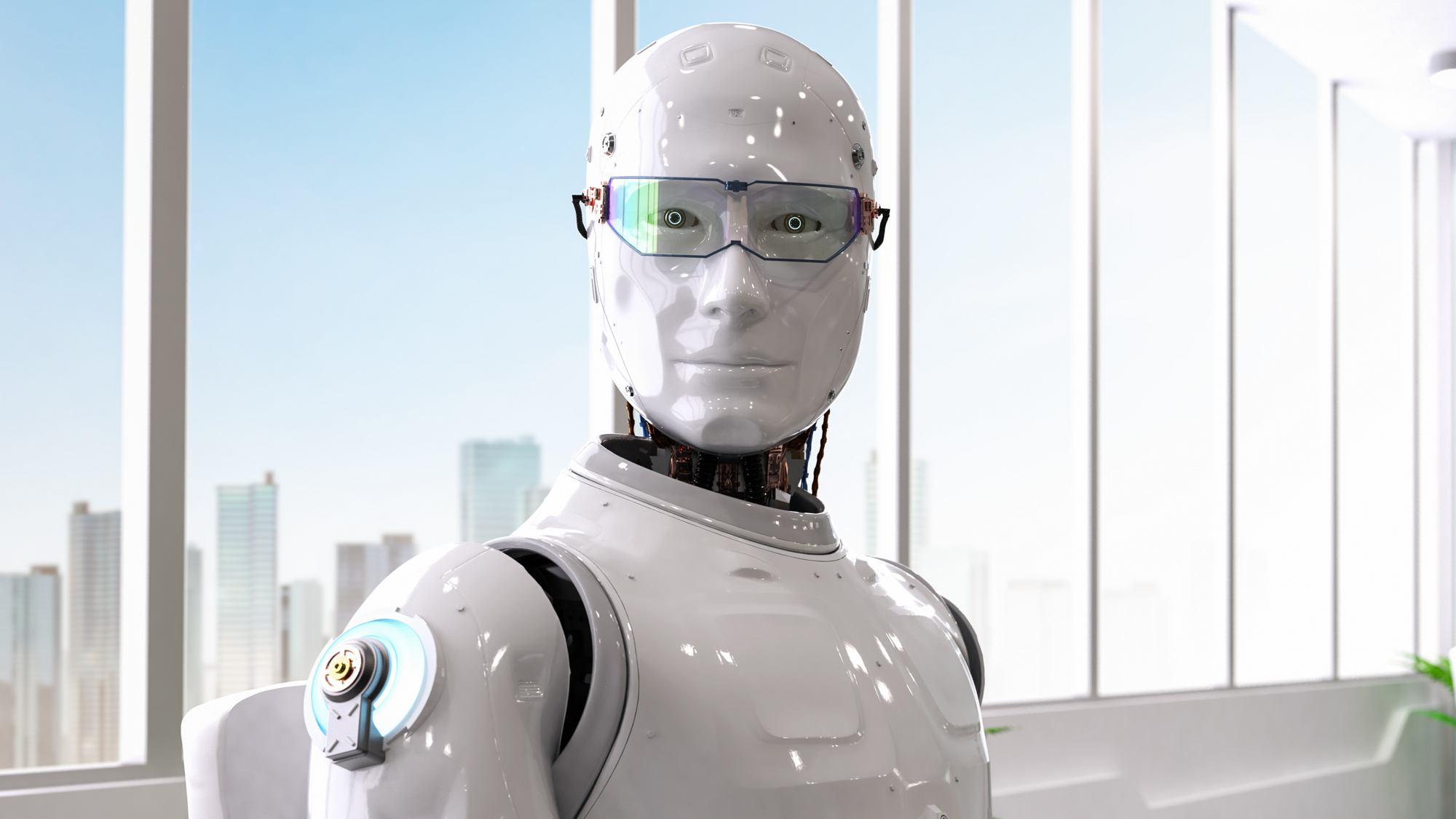The Rise of Live 3D Robots as Ultimate Training Facilitators
In this article, we explore the exciting use case and numerous benefits of having a live 3D robot powered by AI in training sessions.

In today's rapidly advancing technological landscape, artificial intelligence (AI) has made significant strides in reshaping various industries. One notable application of AI is the integration of live 3D robots as facilitators, Q&A specialists, and trainers in training sessions. These intelligent machines have transcended the realm of science fiction, becoming an invaluable asset in educational and professional environments. In this article, we explore the exciting use case and numerous benefits of having a live 3D robot powered by AI in training sessions.
The Emergence of Live 3D Robots
With advancements in robotics and AI, live 3D robots have evolved from static machines to dynamic entities capable of perceiving and responding to human interactions. These robots, equipped with sophisticated sensors, cameras, and natural language processing capabilities, can understand human speech, facial expressions, and gestures, enabling them to engage and interact with learners in a remarkably human-like manner.
The Role of Live 3D Robots in Training Sessions
- Facilitators: Live 3D robots excel at guiding and facilitating training sessions. They can provide step-by-step instructions, offer visual demonstrations, and address individual queries, ensuring an immersive and personalized learning experience. By adapting to the unique needs of each learner, these robots create an inclusive environment that caters to diverse learning styles.
- Q&A Specialists: One of the standout capabilities of live 3D robots is their ability to serve as virtual Q&A specialists. These robots possess vast knowledge databases and can quickly access relevant information to answer questions in real-time. Whether it's clarifying complex concepts or addressing specific doubts, they provide accurate and comprehensive responses, fostering a deep understanding among learners.
- Trainers: Live 3D robots can function as interactive trainers, capable of delivering engaging and interactive content. Through a combination of multimedia presentations, interactive quizzes, and simulations, these robots create an immersive and participatory training environment. Learners can practice new skills, receive instant feedback, and refine their abilities under the guidance of these AI-powered trainers.
Benefits of Live 3D Robots in Training Sessions
- Enhanced Engagement: The presence of live 3D robots captivates learners' attention and stimulates their curiosity. The interactive nature of these robots ensures that learners remain engaged throughout the training session, leading to improved retention and knowledge assimilation.
- Personalized Learning: Each learner has unique strengths, weaknesses, and preferred learning styles. Live 3D robots adapt to individual needs, offering personalized guidance and support. They can identify knowledge gaps, provide tailored explanations, and offer additional resources, allowing learners to progress at their own pace.
- 24/7 Availability: Unlike human trainers who have limitations in terms of availability, live 3D robots can operate round the clock. Learners can access training materials and interact with the robot at their convenience, eliminating scheduling conflicts and ensuring continuous learning opportunities.
- Consistent Delivery: Human trainers may vary in their teaching styles, which can lead to inconsistencies in content delivery. Live 3D robots, on the other hand, provide standardized and consistent information, ensuring uniformity across different training sessions. This promotes a cohesive learning experience and reduces the risk of knowledge gaps.
- Reduced Training Costs: Employing live 3D robots can significantly reduce training costs in the long run. Once the initial investment is made, these robots can serve as reusable training resources, eliminating the need for recurrent expenses such as trainer fees, travel allowances, and venue rentals.
Conclusion
The integration of live 3D robots powered by AI in training sessions heralds a new era of educational and professional development. These intelligent machines excel as facilitators, Q&A specialists and trainers, offering a range of benefits that enhance the overall learning experience.
By leveraging their interactive capabilities, live 3D robots foster engagement among learners. Their presence alone captures attention and creates a sense of curiosity, motivating learners to actively participate in the training session. The interactive nature of these robots keeps learners involved, increasing their retention of information and understanding of key concepts.
Moreover, live 3D robots provide personalized learning experiences tailored to each individual. Through their advanced AI algorithms, these robots can assess the strengths and weaknesses of learners and adapt their guidance accordingly. They can identify knowledge gaps and provide targeted explanations and resources to address specific needs. This personalized approach ensures that learners can progress at their own pace, optimizing their learning outcomes.
Another significant advantage of live 3D robots is their availability at any time. Unlike human trainers who may have limited availability, these robots can operate 24/7, allowing learners to access training materials and interact with the robot whenever convenient.
This flexibility eliminates scheduling conflicts and enables learners to engage in continuous learning, maximizing their educational opportunities.

Consistency in content delivery is another key benefit offered by live 3D robots. Human trainers may have variations in their teaching styles and expertise, leading to inconsistencies in the delivery of information. In contrast, live 3D robots provide standardized and consistent content, ensuring uniformity across different training sessions. This promotes a cohesive learning experience and reduces the risk of knowledge gaps among learners.
From a cost perspective, the implementation of live 3D robots can yield substantial savings in the long run. While there may be an initial investment to acquire and set up these robots, they can serve as reusable training resources over time. This eliminates the need for recurring expenses associated with human trainers, such as trainer fees, travel allowances, and venue rentals. Ultimately, organizations can achieve cost-efficiency without compromising the quality of training.
In conclusion, the emergence of live 3D robots powered by AI as facilitators, Q&A specialists, and trainers in training sessions marks a significant advancement in educational and professional settings. Their ability to engage learners, provide personalized guidance, offer consistent content delivery, and ensure 24/7 availability makes them invaluable assets in the training landscape.
As technology continues to evolve, the integration of live 3D robots in training sessions will undoubtedly revolutionize the way we learn and acquire new skills, unlocking a world of possibilities for individuals and organizations alike.





